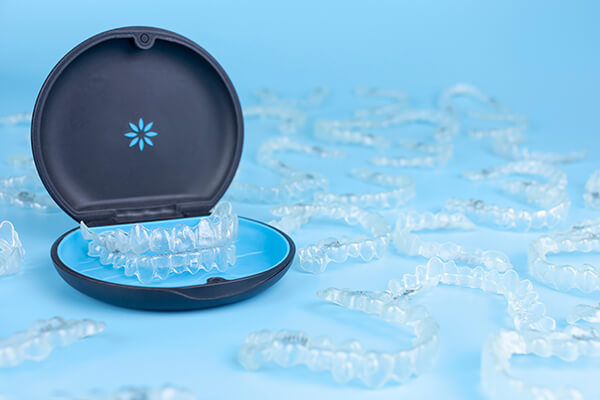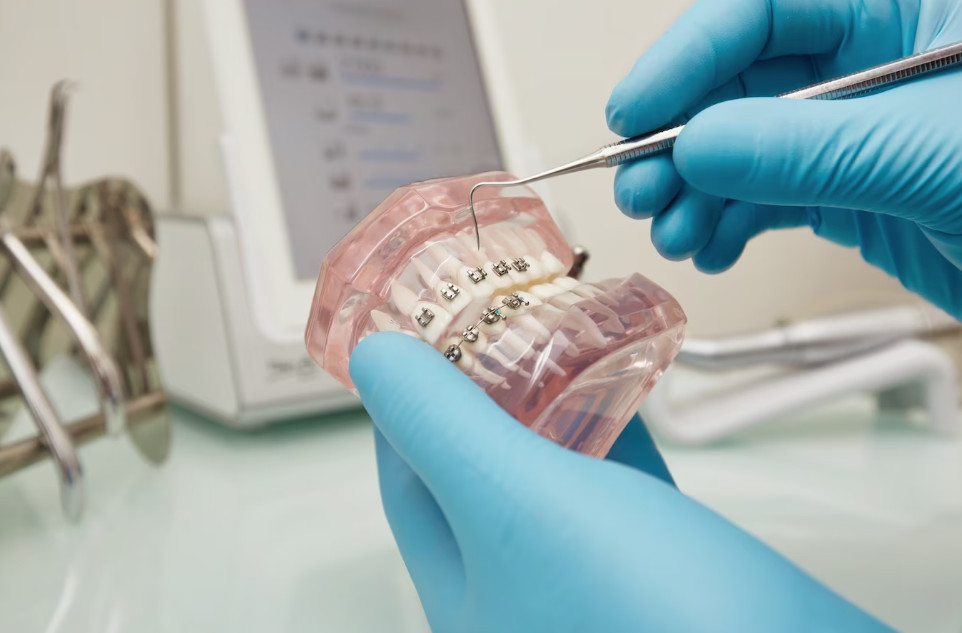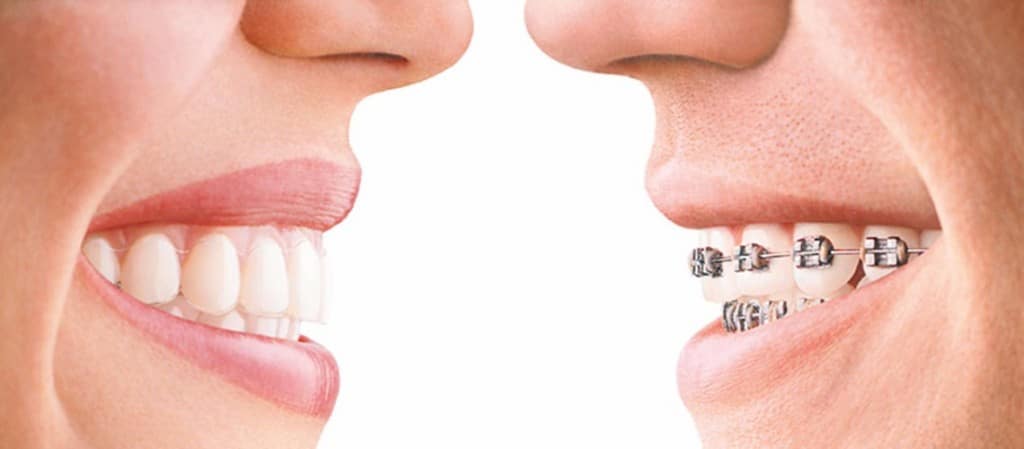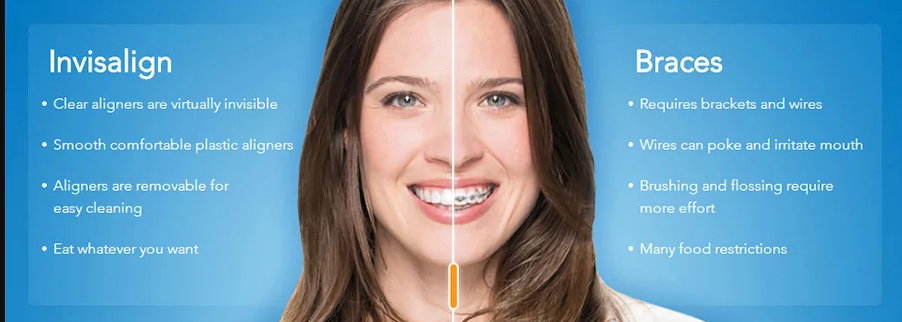I. Introduction
Align Technology, Inc., a pioneering global medical device company, has made a lasting impact on the orthodontics industry through its revolutionary Invisalign® clear aligners, iTero® intraoral scanners, and exocad® CAD/CAM dental software.

II. Understanding Malocclusion and the Role of Clear Aligners
Malocclusion, a widespread dental condition affecting 60% to 75% of the global population, is characterized by the misalignment of teeth and jaws. This misalignment can range from mild to severe, negatively impacting oral health, speech, and physical appearance.
Despite the prevalence of traditional braces, approximately 90% of the estimated 21 million cases could benefit from Align Technology’s innovative Invisalign system.
Malocclusion, a widespread dental condition affecting 60% to 75% of the global population,
III. The Invisalign® System: A Paradigm Shift in Orthodontics
The Invisalign system, a proprietary technology from Align Technology, employs advanced digital technology to create custom-made, transparent, and removable aligners that effectively treat malocclusion.
This system has the potential to tap into a vast market by raising awareness and providing access to the benefits of teeth alignment, thereby broadening its consumer base.

IV. Diverse Invisalign® Product Offerings
Align Technology offers an extensive portfolio under the Invisalign® product umbrella.
With products designed specifically for younger patients, such as the Invisalign First Phase 1 Package, options for less complex cases with Invisalign Non-comprehensive Packages, and cutting-edge features like the Invisalign G8 with SmartForce® Activation, this diverse range provides suitable solutions for various patient needs.

V. Competition and Challenges
With the expiration of some of the company’s critical patents in 2017, competition in the clear aligner market has intensified, encompassing a wide array of companies varying by segment, geography, and size.
Emerging competition also includes companies offering direct-to-consumer products and those utilizing advanced 3D printing technology for custom aligner production.
VI. Financial Performance of Align Technology
Align Technology’s revenues are primarily driven by its Invisalign system and iTero intraoral scanners, with a significant YoY increase of 59.9% observed in 2022, reaching USD 3.95 billion.
The growing popularity of the Invisalign system among adult patients globally and concerted efforts to enhance brand awareness are key drivers behind this strong performance.

VII. Global Clear Aligners Market Outlook
The global clear aligners market, valued at USD 5707.2 million in 2022, is projected to reach USD 7491.1 million by 2029 with a CAGR of 4.0%.
Leading companies include Align Technology and SmileDirectClub, with the top five players accounting for about 75% of the market.
The United States remains the largest producer and market, holding over 70% and 43% shares, respectively.
VIII. Overview of the Global Orthodontic Market
The orthodontic sector, a crucial segment of the dental care industry, focuses on diagnosing, preventing, and correcting misaligned teeth and jaws.
The industry has experienced significant growth due to rising demand for cosmetic dentistry and increased oral health awareness.
Technological advancements have led to the development of more effective, comfortable, and cost-efficient orthodontic treatments, such as clear aligners.
IX. Dental Archwire Market
Dental archwires, a vital component in orthodontic treatment, apply force to teeth and guide them into their correct positions. They are placed in brackets attached to the teeth and are periodically replaced to maintain the application of force until the teeth reach their desired alignment.
The development of clear aligners, however, has disrupted the traditional archwire market, offering patients a more comfortable and aesthetically pleasing alternative.

X. Dental Ligatures Sector
Orthodontics employs the use of ligatures, essential small rubber or wire elements that secure the archwire to the dental brackets. They function as the driving force in moving teeth to their desired locations.
Two types of ligatures dominate the industry: elastomeric ligatures and wire ligatures. The elastomeric variety, small rubber bands positioned over the brackets, ensure that the archwire remains secure.
They are quite prevalent in orthodontic care and come in multiple colors, offering patients the ability to customize their braces. They’re simple to modify and provide an effective, comfortable method for retaining the archwire.
Wire ligatures, on the other hand, comprise small wires that secure the archwire to the brackets. Generally made of stainless steel or titanium, they offer greater durability and longevity than elastomeric ligatures. They’re used when greater force is required for tooth movement and offer robust attachment of the archwire to the brackets.
The choice between elastomeric and wire ligatures largely depends on the specific orthodontic needs of a patient and the professional judgment of the orthodontist.

They come in multiple colors…
XI. Dental Anchorage Appliances
Dental anchorage appliances, orthodontic devices that offer stability during tooth movement in orthodontic treatments, are instrumental in ensuring tooth movement direction.
Common examples include mini-screws, bands, and buccal tubes. Mini-screws, inserted into the jawbone, provide stability, while bands and buccal tubes, metal components attached to the molars, offer anchorage during treatments.
XII. Dental Brackets Sector
Brackets, in orthodontics, refer to small metallic or ceramic elements attached to teeth to secure an archwire. The two primary bracket types are fixed brackets and removable brackets.
Fixed brackets or traditional braces, bonded onto teeth, cannot be removed. Typically made of metal or ceramic, they are used for a multitude of orthodontic issues, including misaligned teeth, crowding, and bite problems. They work by applying constant pressure to the teeth, gradually moving them into the correct position.
Removable brackets or clear aligners, not bonded to teeth, can be removed for eating or cleaning. Typically clear and plastic, they are custom-fit to the teeth. They work by applying gentle pressure on the teeth, gradually moving them into the correct position. They are a popular choice as they are less noticeable and more comfortable.
The choice between fixed and removable brackets largely depends on the individual’s orthodontic needs and preferences. The orthodontist will recommend the most suitable type of bracket after a thorough evaluation of the patient’s dental condition.

XIII. Conclusion
In conclusion, the orthodontic industry encompasses a wide array of treatment options and devices to address the diverse needs of patients with dental malocclusion. Dental ligatures, anchorage appliances, and brackets play crucial roles in the success of orthodontic treatments, with options such as elastomeric and wire ligatures, mini-screws, bands, buccal tubes, fixed brackets, and removable clear aligners catering to various patient requirements and preferences.
Technological advancements have led to the development of more comfortable, effective, and aesthetically pleasing alternatives like clear aligners, which have significantly impacted the traditional orthodontic market. As patients become more aware of their options and prioritize aesthetics and convenience, the demand for innovative orthodontic solutions will continue to grow.
Ultimately, the choice of orthodontic treatment and devices depends on the individual’s specific needs and the professional judgment of the orthodontist. It is essential for patients to consult with an experienced orthodontist to determine the most suitable and effective treatment plan for their unique dental conditions.



